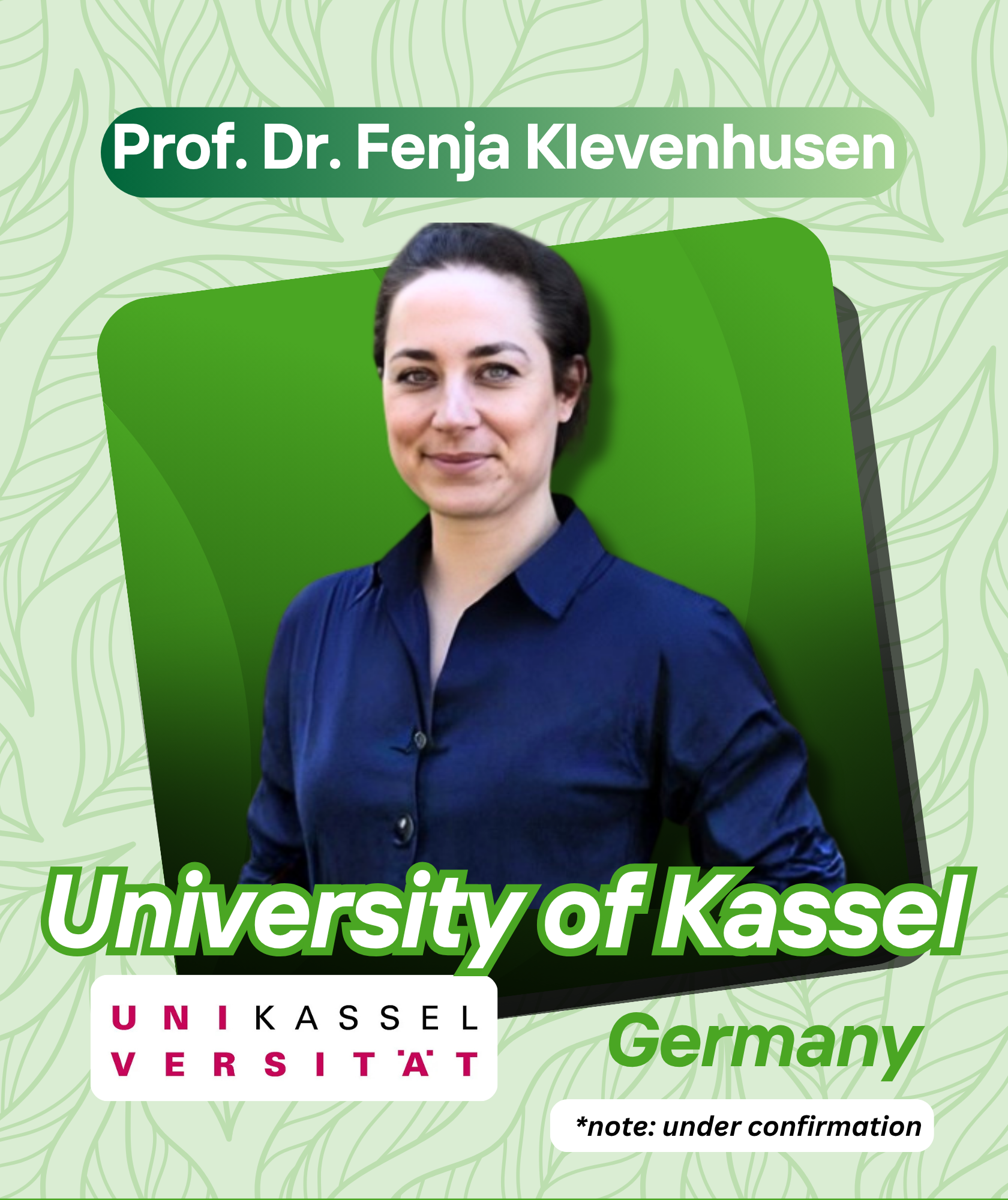Guide for Authors
These are our templates and guidelines for proceedings papers; they are there to help you prepare your work. Web of Conferences publishes full conference proceedings; therefore, publication proposals can only be submitted by conference organizers and authors cannot directly submit their articles.
We recommend that authors read our Publishing Policies & Ethics, and use our editorial guidelines and templates to prepare their article.
Besides, some tips on how to write a TITLE and an ABSTRACT in a proper way are given in this document. Please read it carefully before submitting your article.
Author Guidelines
Before preparing your article, please verify with the organizers of the proceedings the document type to be supplied at submission. For consistency into the volume, it is requested to use the same template for all the articles. There are 3 possible options:
- Word Format 17 x 25 cm, one column 170 x 250 mm paper size, one column format
- LaTeX2e. The macropackage in LaTex2e, designed for Web of Conferences, compressed in ZIP format
How to use LaTex templates (seminar by Dr.rer.nat. Hendradi Hardhienata, S.Si., M.Si.)
PDF guidelines: how to prepare your article
This guideline is made to provide clear instructions on how to prepare a ready PDF document for conference organizers who have decided to select this publishing option - online and print publication.
Authors must follow these PDF guidelines very carefully before submitting their articles. Particular attention must be paid to the authors’s names and affiliations in order to avoid any erratum in the future.
Copyright
The copyright is retained by the author(s) under the Creative Commons Attribution license, which permits unrestricted use, distribution, and reproduction in any medium, provided the original work is properly cited.
Authors grant EDP Sciences a license to publish their article and identify EDP Sciences as the original publisher. They also grant any third party the right to use, distribute and reproduce the article in any medium, provided the original work is properly cited.
Download the Publication Right Form.
Policy on re-use
Conference papers may be updated, or enhanced, for further publication as a regular journal article, including submission to journals not published by EDP Sciences. Journal articles derived from work previously published in conference proceedings must contain a substantial amount of new or previously unpublished results. The question of whether there is sufficient additional material to warrant a new publication, is a matter for individual journals to decide. To enable informed decisions by journals, we recommend the authors to supply their chosen journal with a copy of their proceedings article, accompanied with a clear statement describing the material reproduced. In addition, a journal article derived from a proceedings paper must include a citation to this proceedings paper.
Do not submit your papers directly to Publisher.












